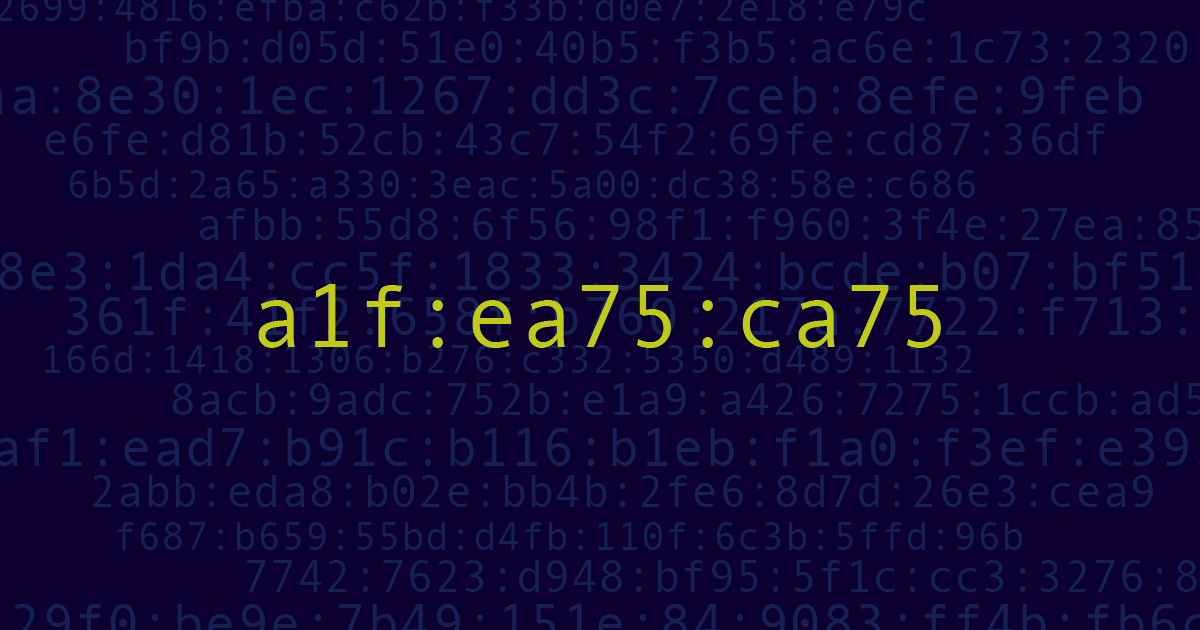Do you remember the IPv4 Cheat Sheet we offered you some time ago? It was interesting for me to read the comments, because your feedback was varied. From "Perfect!", to "Whoever needs such a thing should not be an admin", everything was included. Others asked for a possible follow-up: an IPv6 Cheat Sheet.
Everyone has a Different Level of Knowledge
For us it is important to support all of you out there with helpful information. The range extends from experienced network administrators with 30 years of professional experience to IT trainees who are just making their first attempts in the world of IT and networks. As everywhere in life, there are things that many of us have already mastered with years (or decades) of experience, while others might be encountering a topic for the first time.
To cut a long story short: Today we provide you with our IPv6 Cheat Sheet! 😊
IPv4 vs. IPv6 - The Most Important Differences
There are many differences between IPv4 and IPv6. It is important to keep in mind that IPv6 is not an evolution of IPv4, but a completely new protocol. Firstly, the IPv6 address space is many times larger than that of IPv4. This step was necessary because the available public IPv4 addresses were gradually being used up. In terms of security, IPv6 scores with a built-in IPsec integration inside the extension header. In general, the header information in IPv6 is very diverse. To store all header information in a structured way, IPv6 has a fixed header size - the length of the IPv4 header is variable. With IPv6, the header information "Traffic Class" can be used to specify a Quality of Service for the prioritization of data traffic.
These are only a few significant differences. Much results from the fact that the IPv6 header offers the possibility to include extension headers chained to each other. As a result, the actual header is smaller, and headers of unused extensions or features are not dragged along. These two features ensure that the header of IPv6 can be loaded and processed much faster than IPv4.
Get your IPv6 Cheat Sheet now!
All details about what the IPv6 header might contain, how the address allocation works, or how the different extension headers and address scopes might look can be found in our IPv6 cheat sheet. Just click here, download our IPv6 Cheat Sheet and get everything you need to know about IPv6!
As always, we would be pleased to have your feedback in the comments.
 Published by
Published by 




.jpg)






